At Water for Health, we’re big advocates of vitamin D supplementation. We’re also the first to tell you that, if you get enough natural sunlight throughout the year, you probably don't need to bother with them.
One subject we haven’t focused on too much is the side effects of vitamin D supplements.
However, since there’s so much misinformation out there about the potential harms of taking a daily vitamin D tablet, it seems necessary to set the record straight.
If you’ve ever wondered whether your supplement is causing you harm, read on.
Are You Taking Too Much Vitamin D?
Many articles about vitamin D supplementation warn of the perils of taking too much, but the vast majority are wide of the mark when suggesting what amount constitutes “too much.”
This causes a feedback loop and miseducates the public on the potential dangers of supplements which are, in the vast majority of cases, extremely beneficial for our health.
We recently read an article which advised that if you were taking vitamin D, you were probably taking too much.
It was nice of the author to presuppose our collective daily dosage, but setting that aside for a moment, how accurate is this claim?
The overwhelming majority of vitamin D supplements contain less than both the accepted ‘safe upper limit’ and the No Observed Adverse Effect Level (NOAEL).
According to the Institute of Medicine, 4,000 IU is the safe upper level of daily vitamin D intake for adults, although the NOAEL is actually 10,000 IU. The Endocrine Society Practice Guidelines also state that up to 10,000 IU of vitamin D3 daily is “safe for most adults.”
These are, it should be said, daily dosages. Supplements offering 4,000 or 5,000 IU are routinely marketed as high-strength.
The Vitamin D Council, whose job it is to understand the properties and effects of vitamin D, and who have probably collated more data on the subject than any other body, recommend that patients exceed the upper limit but “not exceed the NOAEL unless they are under medical supervision.”
In other words, it is entirely safe to consume more than 4,000 IU per day but it is inadvisable to take more than 10,000 IU unless guided by a qualified practitioner.
Since it is false to suggest all, or even the majority, of people taking vitamin D supplements are consuming “high-strength” tablets, it is misleading to claim that we are collectively “taking too much.”
The fact is, too much for one person might be not enough for another – because people who are overweight require a higher dosage to achieve the same vitamin D status.
In a study of 3,882 participants, the Vitamin D Council showed that overweight participants required daily intakes of at least 7,000 IU to achieve a healthy status (above 40 ng/ml) while obese participants required 8,000 IU per day to achieve the same status.
What’s more, while we’re often warned that a side effect of vitamin D supplementation is abnormally high calcium levels, in this study average calcium levels did not differ from the beginning of the study to the end.
On the contrary, the incidence of hypercalciuria (elevated calcium levels in the urine) actually declined after supplementation.
We will detail the main vitamin D side effects in the next section, but it is clear from the available evidence that:
• Unless you are taking mega daily doses, you are not “taking too much”
• Most supplements contain less than the accepted safe upper limit
• There is much unwarranted hysteria about vitamin D overuse
Another misconception flying around about vitamin D is that, because rickets has been largely eradicated, vitamin D deficiency is no longer a problem we should worry about.
Firstly, rickets is still a problem. Research published in 2014 indicated that hospital admissions for rickets in the UK between 2007-2011 was actually the highest it had been in 50 years.
Secondly, rickets is the worst symptom of vitamin D deficiency; it is not the only one.
Often the claim is made that over-consuming vitamin D could be worse than being deficient. This is dangerous since – as we have demonstrated – the dosage deemed “too much” is a gross misrepresentation.
While the benefits of vitamin D supplementation are regularly underplayed or dismissed entirely.
In actual fact, Vitamin D supplements might be the safest prescriptions physicians have at their disposal.
Studies show that vitamin D can decrease diabetes risk, help with an overactive bladder, protect against colorectal cancer, lower death risk in heart failure patients and protect against severe asthma attacks.
The benefits of vitamin D for babies are also significant.
Research published in the British Medical Journal even suggests vitamin D supplements could spare more than 3 million people from colds or flu in Britain each year.
But of course, some choose to focus on the risks – lethargy, vomiting, weight loss, nausea – of consuming too much vitamin D. This despite the fact that most people never come close to a daily dosage of 10,000 IU.
Amazingly, some articles claim that “unless you’re getting almost no vitamin D, you’re probably fine.” Not only is this stupendously ignorant, it’s also dangerous and denies people the health benefits they would enjoy if they used a supplement.
Vitamin D Supplement Side Effects
The side effects of vitamin D, such as they are, almost always transpire when one takes a colossal daily dose in supplemental form.
Toxicity occurs when your blood levels rise above 150 ng/ml (375 nmol/l). Remember, in the aforementioned Vitamin D Council study, overweight participants had to take 7,000 IU daily to even achieve a level above 40 ng/ml.
Thus, an overweight person would have to consume more than twice the NOAEL level of vitamin D every day to bring about symptoms of toxicity.
Cases of toxicity usually occur when people take high-dose supplements over a long period of time, and documented examples are very rare.
In fact, in a recent study of 20,000 people, only one person had genuine toxicity (364 ng/ml).
The person in question had been taking 186,900 IU of vitamin D3 every day for two months, and the side effects included fatigue, forgetfulness, nausea, vomiting and slurred speech.
When discussing the side effects of vitamin D supplements, we are really discussing the side effects of vitamin D intoxication. In addition to those listed above, these can include:
• High calcium levels
• Reduced appetite
• Weight loss
• Diarrhoea
• Stomach pains
• Reduced vitamin K2 activity
• Moderate-to-severe kidney problems
If you do not think the side effects of vitamin D deficiency are overstated, consider this: an 18-month-old baby was presented at hospital with symptoms including vomiting, abdominal pain and suppressed appetite after consuming 50,000 IU of vitamin D for three months.
The baby also exhibited hypercalcemia (elevated calcium in the blood). All signs of vitamin D intoxication, and no wonder – the child was given five times the NOAEL amount for an extended period of time!
Despite this recklessly dangerous dose, the symptoms resolved after the child stopped taking supplements.
If a baby can recover from taking 50,000 IU every day for three months, do you think you will be OK taking 4,000 or 5,000 IU per day? Of course you will.
One person who is disquieted by the backlash against vitamin D supplements is Vitamin D Council Executive Director John Cannell, M.D., who remarked, “If there are any studies showing 20,000 IU/day is unsafe, I would like to see them.”
Nonetheless, the organisation continues to recommend a daily dosage of 5,000 IU for most adults.
Bottom Line: Ignore the Hysteria
Providing you purchase your supplement from a reputable manufacturer, and keep doses sensible, there is really nothing to worry about.
Vitamin D scaremongering is puzzling, but rather than listen to it, you should have your levels checked using a reliable Vitamin D Test Kit.
Depending on the results, you might wish to use a daily supplement.
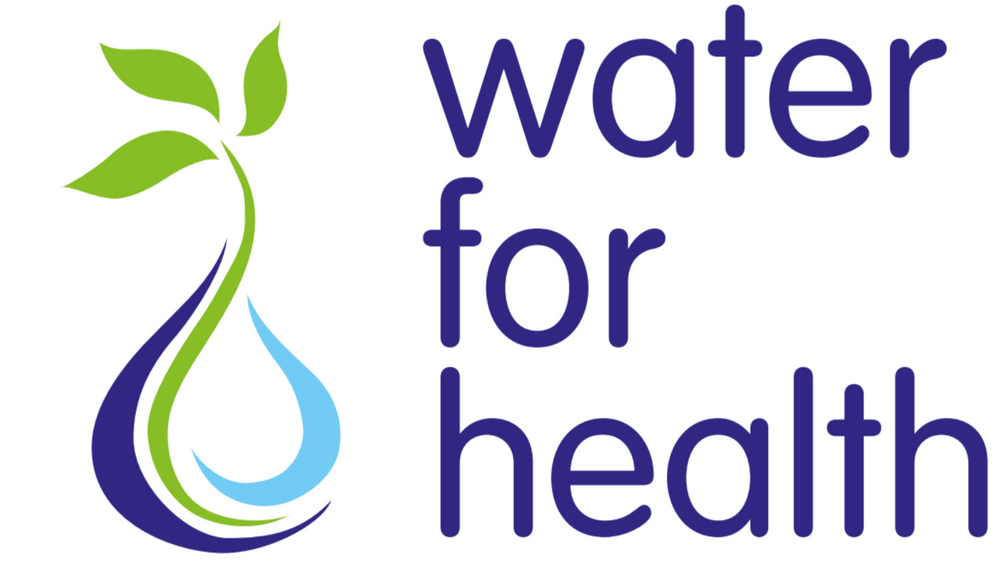


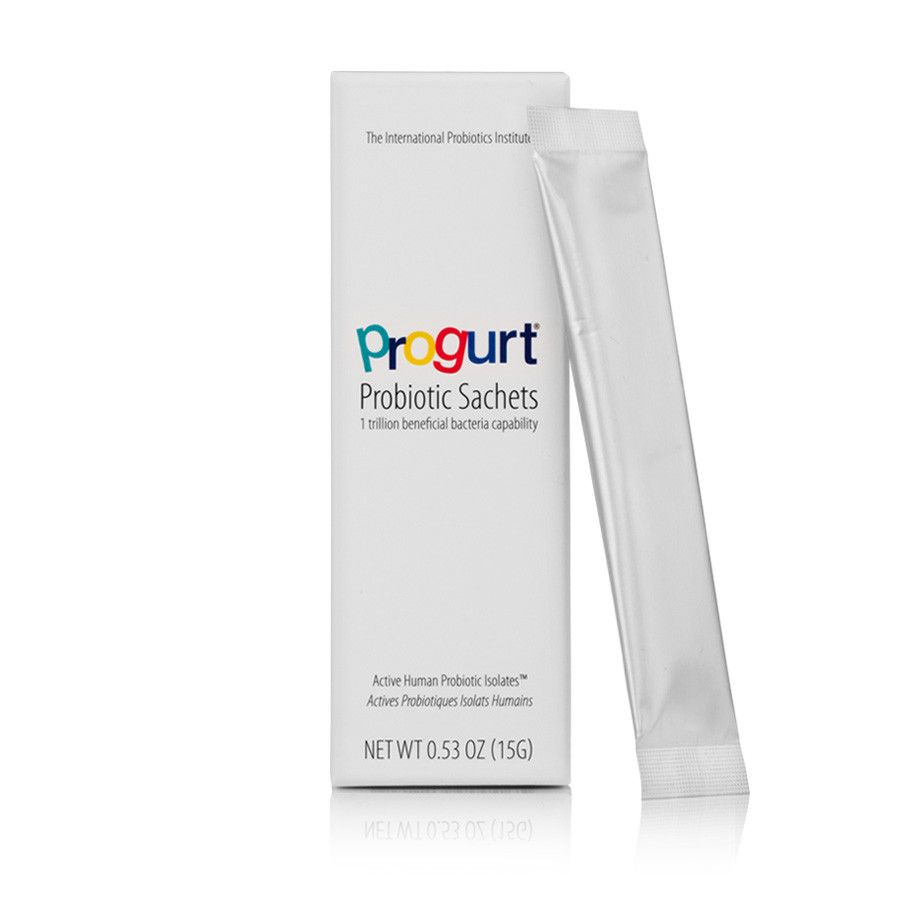
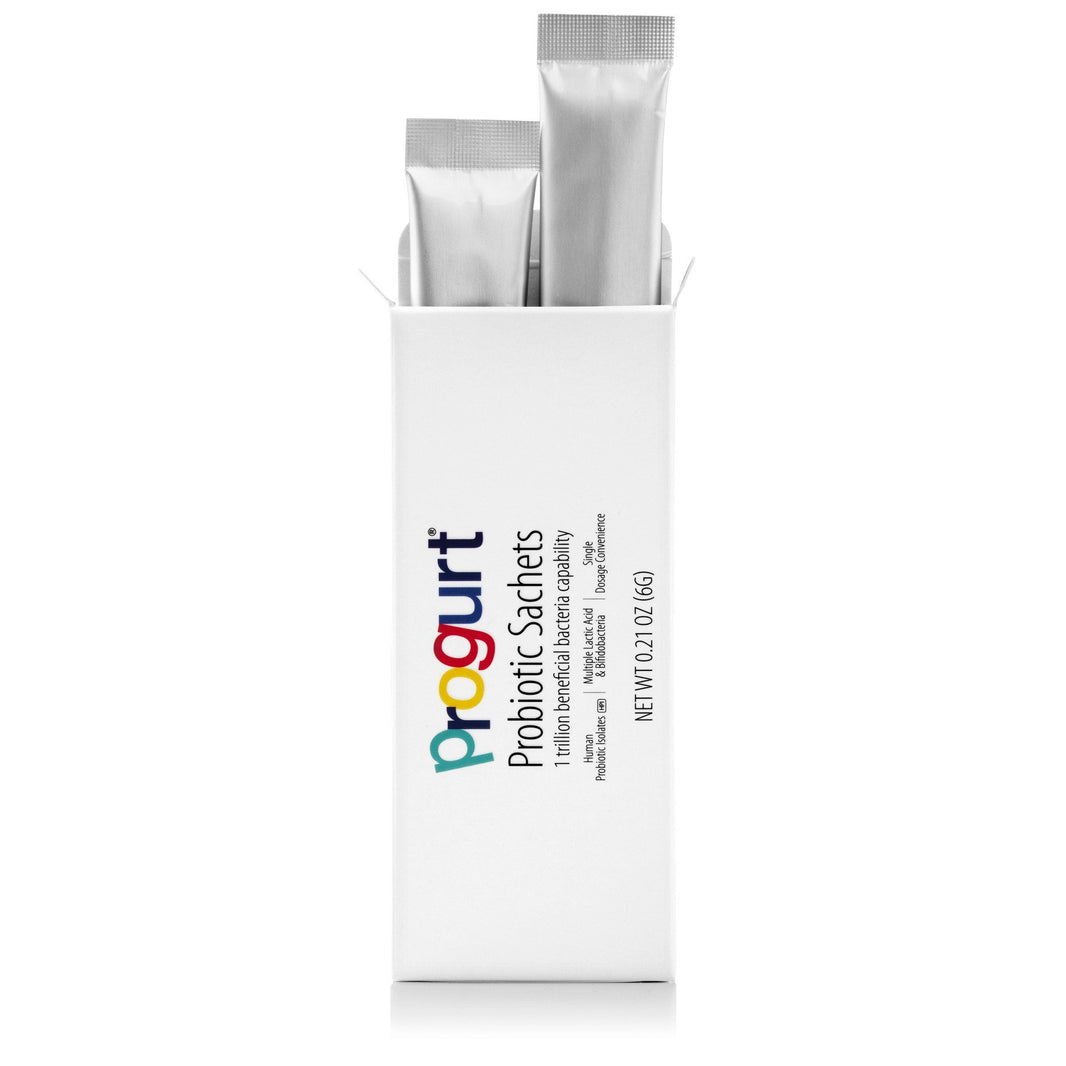
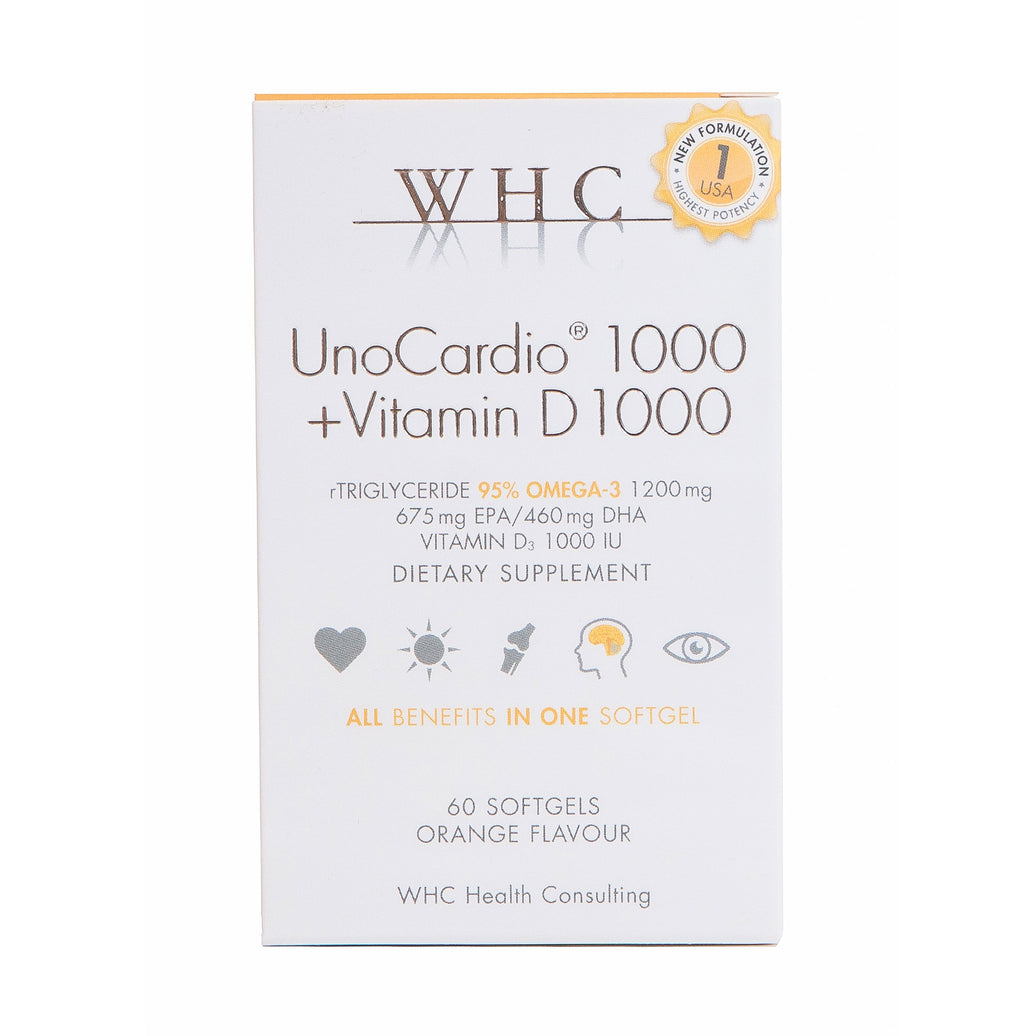
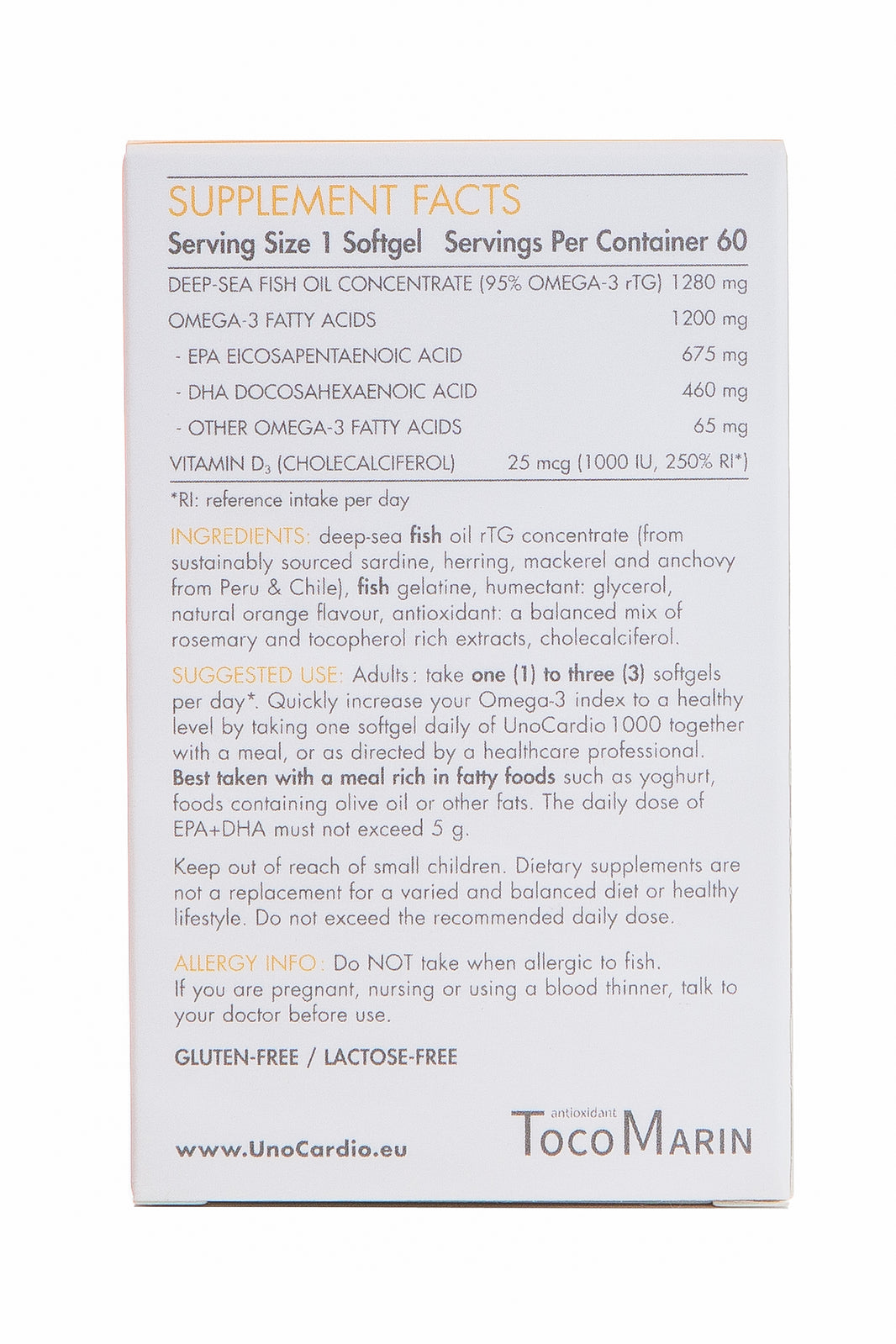
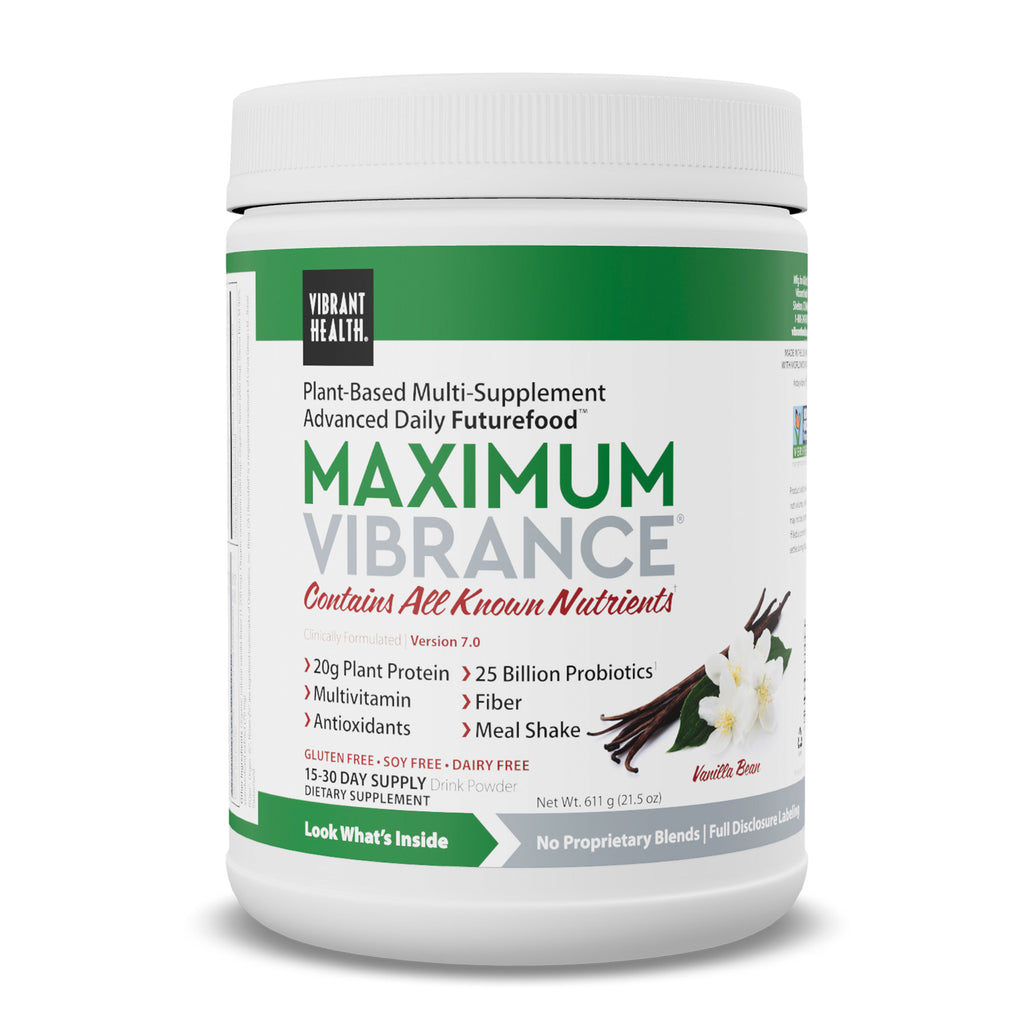






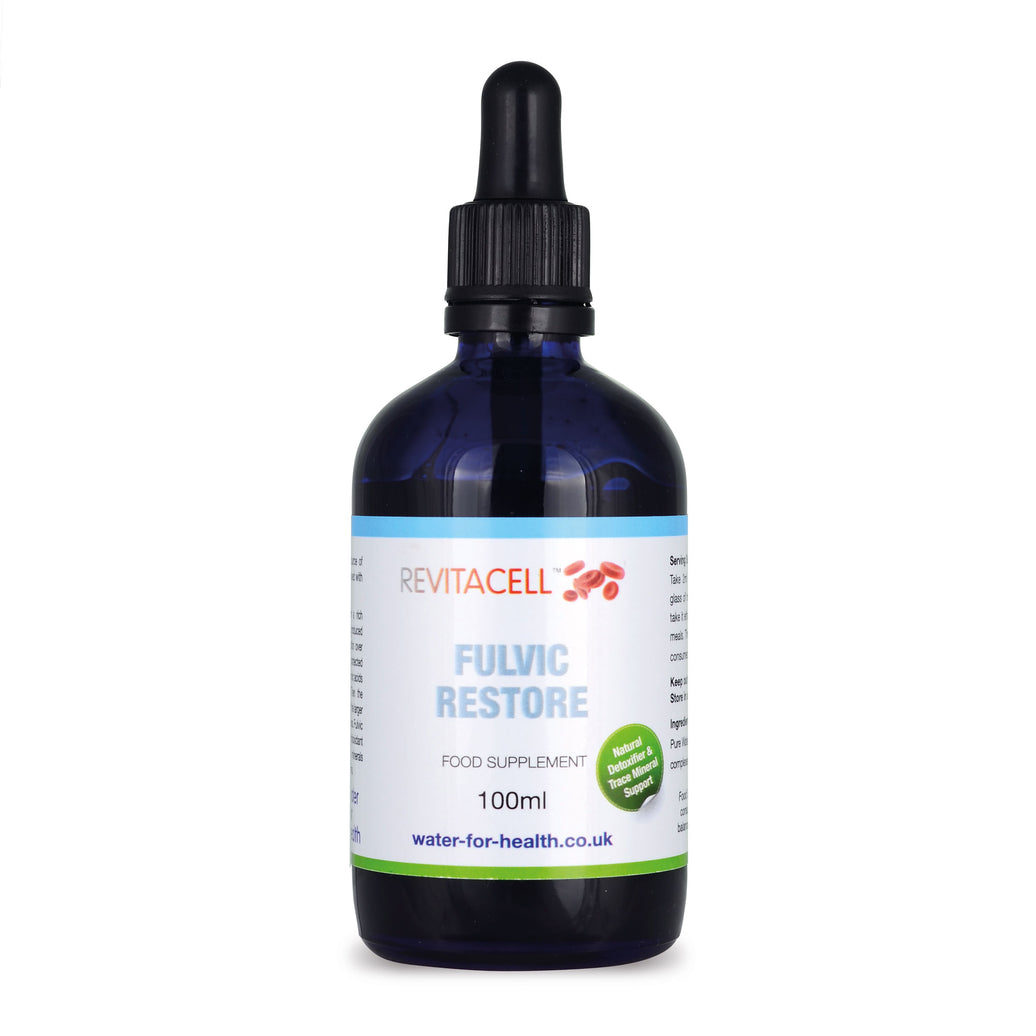
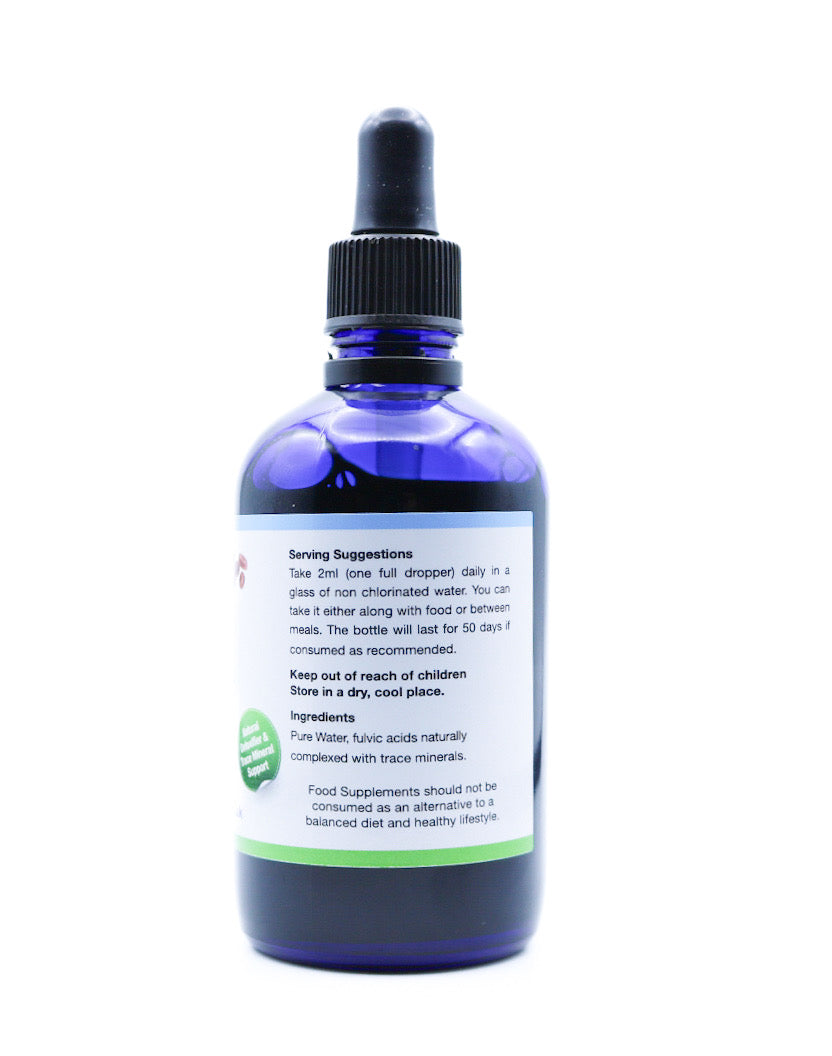
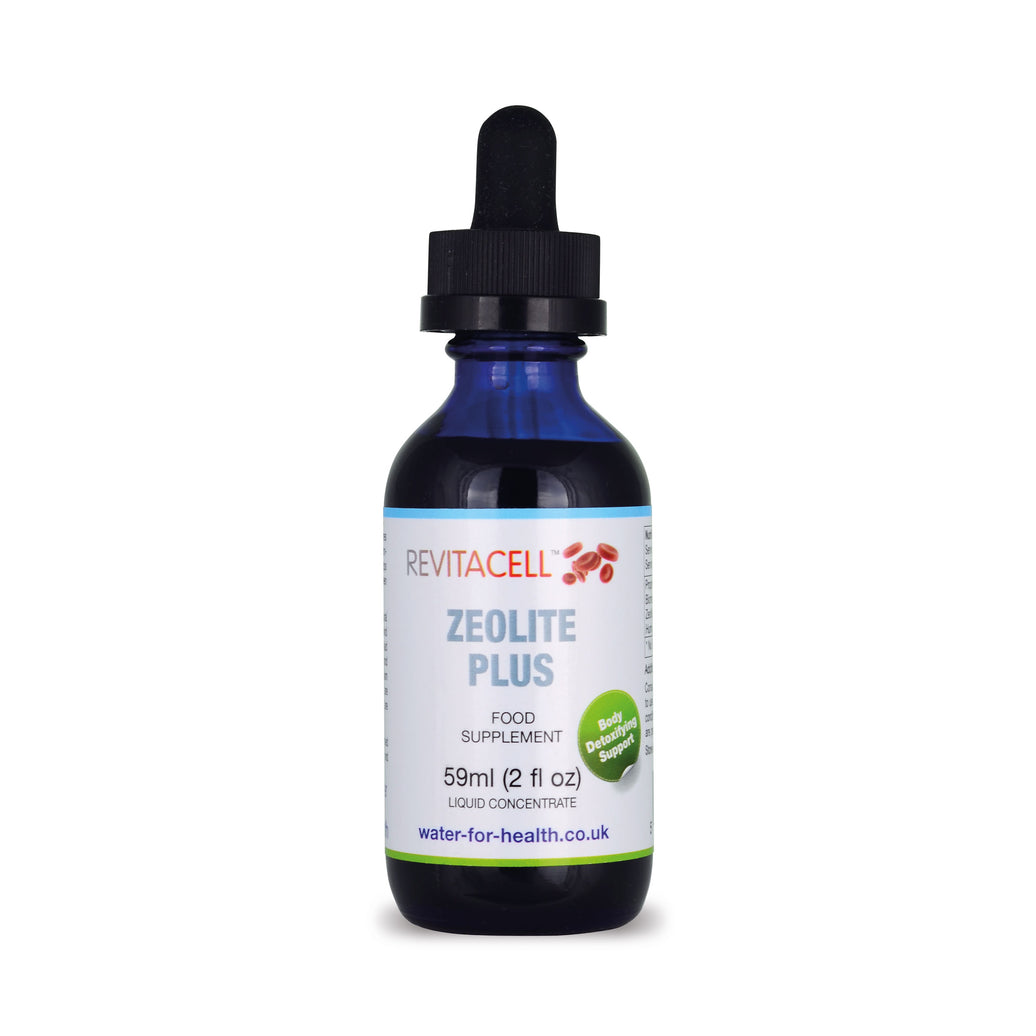
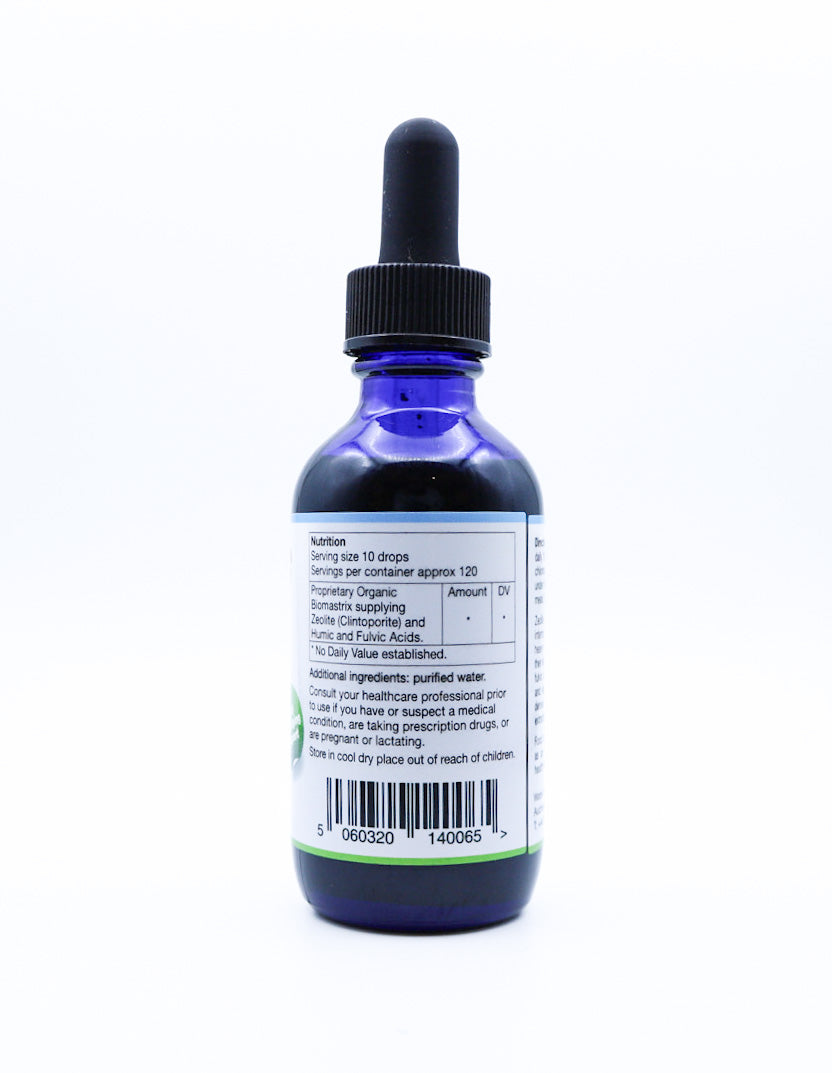

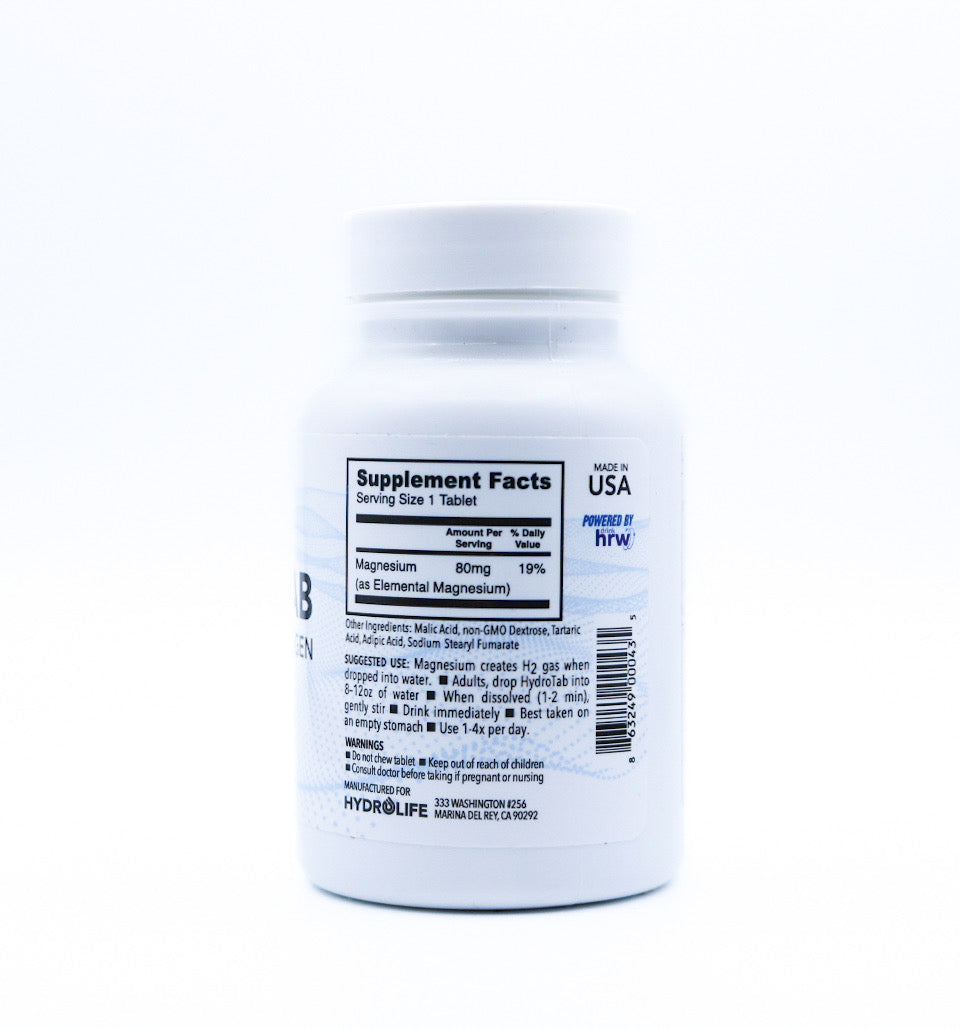








Leave a comment